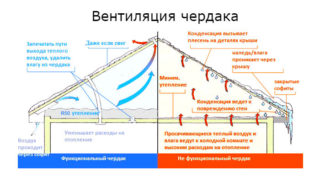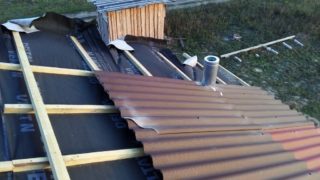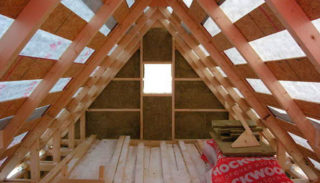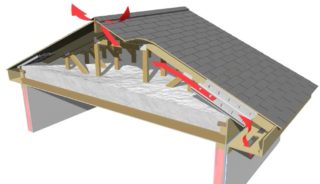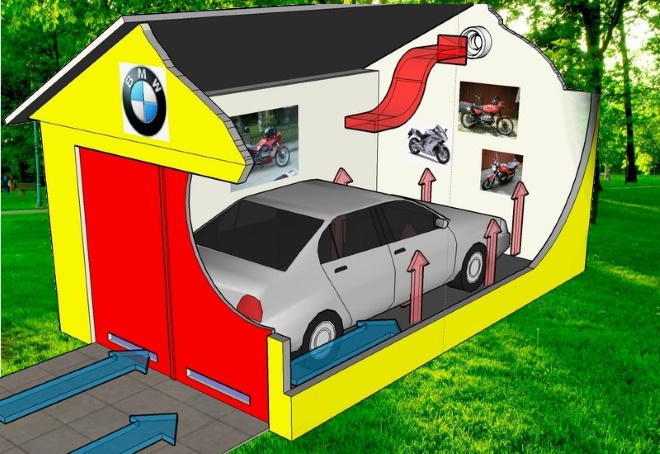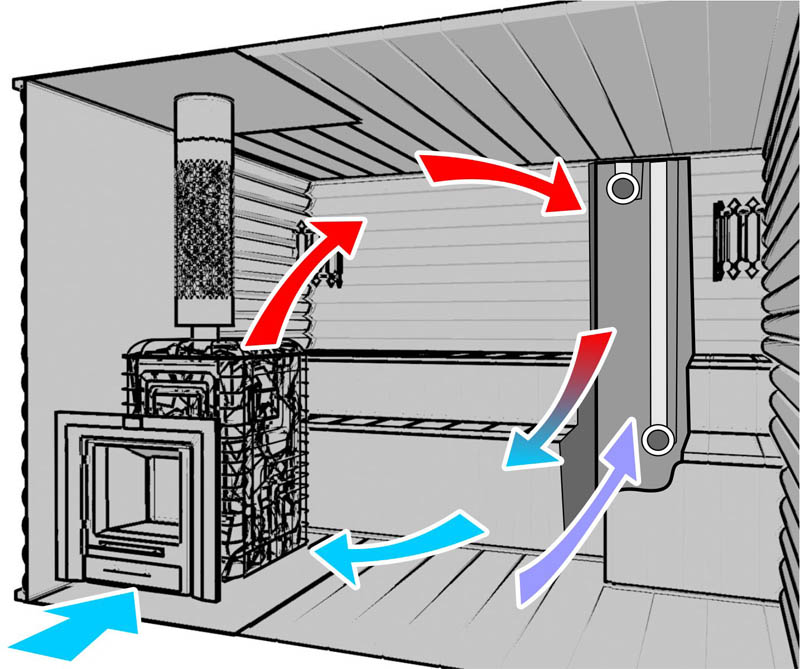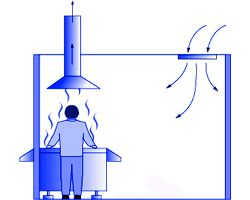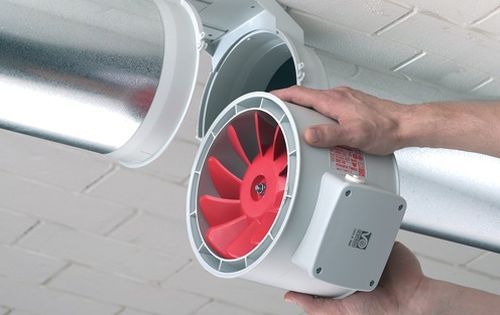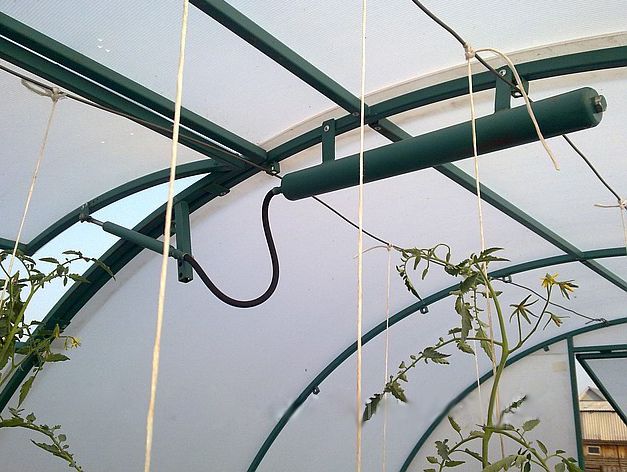Many people store little-used items in the attic of their home. And so that the mold does not damage them, does not render them unusable, it will be necessary to equip its ventilation. This rather simple procedure can be performed by involving specialists, or you can do it yourself.
In most cases, when building houses, a cold attic room is used, which in turn provides wind access to the entire rafter system, and only the floor between the floors is insulated. Although a warm attic can also be used, which is usually used in those houses where it is planned to install storage tanks or lay heating or water pipes. Also, this type of attic can be done even if it is planned to use it as a living space.
Why do you need ventilation in the attic
Also, do not forget that this room must have an acceptable air temperature. The fact is that on hot summer days the roof heats up a lot, therefore, it will be necessary to provide good ventilation of the attic, but in winter, on the contrary, to limit the access of cold air.
If a cold attic is planned, then in order to create ideal ventilation in it, you will need to leave the rafters and the crate laid on them open and not sewn up. This option will provide good air throughput between the wood.
Ventilation depending on the roof
If a gable roof is planned, then ventilation holes should be located in future gables. The simplest and most effective option would be a loosely laid gable lining and overhangs made of wood. The uniform gaps created will contribute to good ventilation of the entire attic space. Although it is worth remembering that when creating cracks, you should not be too zealous, so as not to create conditions for the free wind to walk.
The holes made can be closed with ordinary ventilation grilles. The first should be installed from the outer part of the pediment, while its holes should be turned downward, thereby creating a barrier to rain penetration. The second, adjustable, will be installed from the inside.In addition, VTK ventilation valves can be installed instead of grilles. In addition, mosquito nets should be secured to prevent wasps, beetles and other insects from entering. To make the required hole sizes, you will need a drill, jigsaw, hacksaw, chisel and hammer, as well as a perforator (for stone gables).
There are times when the binder has been collected quite tightly. In this case, you can use small ventilation grilles with a diameter of 5 cm. They will need to be placed in the wind sheathing every 80 cm. As for the outlet of the incoming air, holes will have to be made in the roof itself. So, for example, for shingles, euro-slate and slate, you can use an ordinary ventilated skate. But for ceramic tiles, it is best to install a special roof valve.
Skate and counter-rail
Arrangement of ventilation in a warm attic should be carried out at the construction stage. If the roof will consist of continuous coatings, then for arranging the ventilated space, you will need to sew a counter-rail on the rafters. This is required so that air flows freely under the entire surface of the roof. The air flow should be entered through the casing, and the exit through the installed ridge, in the same way as described above.
Having mounted the ventilation, you can carry out filing and insulation. Although the insulated attic or the attic equipped on it will need to be ventilated, like an ordinary room at home. In general, all work on the arrangement of ventilation does not have great difficulties and can be performed by a person independently. Although all work is best done during the construction of the house.

